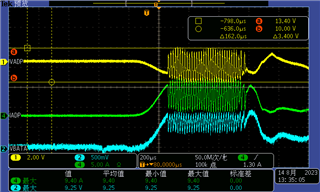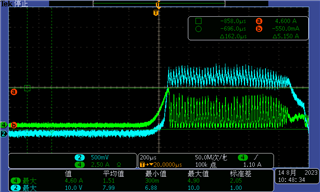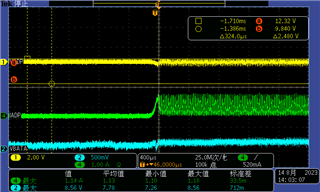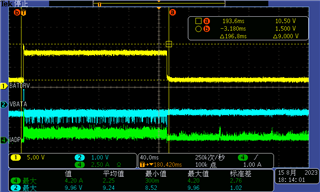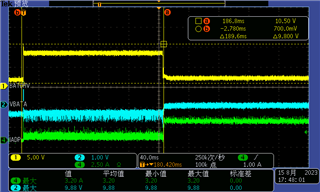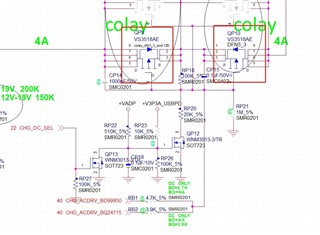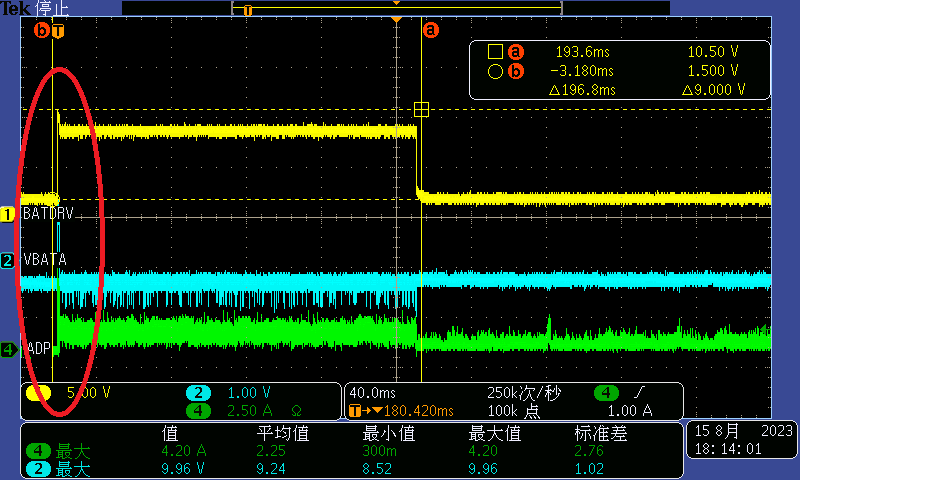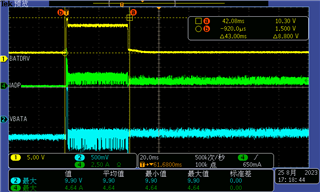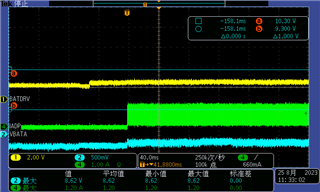Hi TI Teams,
Our new notebook project is using BQ24715 to charge 2-cell Li-Ion battery, the adapter is 12V/5A. We found that when the notebook is normally powered on for load testing, we can detect the adapter output current is about 2A, which is normal. But when we charge the battery to 95% or more, pluged out the adapter and then re-pluged the adapter in, we measured the output current of the adapter only about 0.6A. We also measured the current through the Rsns is about 1.2A, but which is the battery discharging power.
In this state, we detected the level of the ACOK pin as high. and the voltage of the ACDET pin is 2.8V (>2.4V). The CELL pin is folating for 2s battery. The schematic is shown as below:
We set the max. charge voltage to 8.7V, and the charger current to 3A (the battery support the max. charge current to 3A), the register setting is as below:
ChargeOption = 0x665E ChargeCurrent = 0x0960 MaxChargeVoltage = 0x21FC MinSystemVoltage = 0x1800 InputCurrent = 0x0BB8
We also read the register value when the battery is in unnormal discharging status as below:
ChargeOption = 0x665E ChargeCurrent = 0x0940 MaxChargeVoltage = 0x21F0 MinSystemVoltage = 0x1800 InputCurrent = 0x0B80 ManufacturerID = 0x0040 DeviceID = 0x0010
We also found that when the battery discharge to a certain level (about 90%) it resumes charging again, but when the fully is charged to 100% and about 40mins later the battery will discharges again, cycle repeats.
Can you help to check the reason for this problem?
Thanks,
Kind Regards





